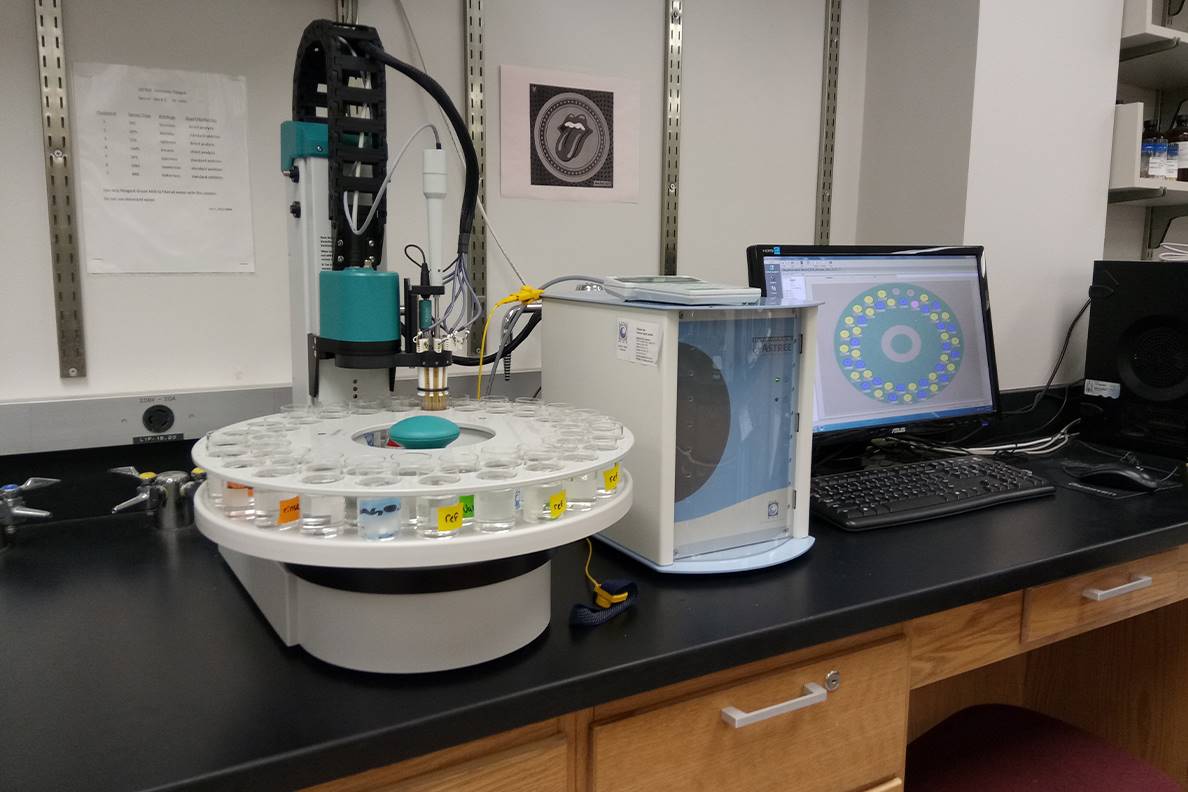Electronic Tongue Revolutionizes Wine Quality Control
Detects Faults Weeks Earlier Than Humans
2024-04-19

In the picturesque realm of winemaking, tradition often intertwines with innovation, creating exciting new methodologies that transform how we perceive, enjoy, and ensure the quality of wine. At Washington State University (WSU), a groundbreaking device known as the "electronic tongue" is setting the stage for a technological revolution in the wine industry, particularly with white wines.
This innovative technology has recently shown its prowess by detecting faults in wine several weeks earlier than traditional human sensory panels. Published in the Journal of Food Science, the study highlights the electronic tongue's superior capabilities in early detection of imperfections that could potentially spoil the wine's delicate flavors and aromas.
During a meticulously controlled experiment, researchers intentionally introduced microorganisms known to cause off-flavors in Riesling wines. While also maintaining untouched control samples, the tests were conducted over a 42-day storage period. What makes the electronic tongue exceptionally promising is its array of sensors that, when dipped into the wine, can detect specific compounds long before human noses can catch a whiff of any change. Remarkably, the device picked up signs of contamination in just one week, whereas it took up to four weeks for the human panel to report significant changes.
Carolyn Ross, a professor of food science at WSU and one of the study's authors, shared her insights on the potential of this tool: "With the electronic tongue, we can detect contamination or a problem within a week instead of waiting up to four weeks with only sensory testing. This not only speeds up the process but introduces a new layer of reliability and efficiency in quality control."
The role of human panels in the wine evaluation process cannot be understated. These volunteers are trained to detect a wide array of aromas, both pleasant and unpleasant—from apple and honey to scents reminiscent of a musty basement or nail polish remover. However, the introduction of tools like the electronic tongue could greatly enhance these sensory assessments by combining the best of both worlds: technological precision and human subtlety.
Beyond mere fault detection, the electronic tongue has been programmed to "profile" certain wines, suggesting its use could extend further into characterizing and potentially even authenticating wines at various stages of production and distribution.
The research was supported by the Washington State Wine and Grape Research Fund and the U.S. Department of Agriculture, underscoring the significant interest in advancing this technology. While the researchers emphasize that the electronic tongue should complement, not replace, human analysis, its integration into the winemaking industry is already beginning to reshape traditional quality control methods.
Looking forward, the widespread adoption of this technology could offer a valuable tool for preserving the integrity and quality of wine globally. As we embrace these technological advances, the wine industry is poised to enhance its legacy of craftsmanship with cutting-edge science, ensuring that every bottle poured is a testament to both its heritage and its future.
Journal of Food Science https://doi.org/10.1111/1750-3841.17036
Founded in 2007, Vinetur® is a registered trademark of VGSC S.L. with a long history in the wine industry.
VGSC, S.L. with VAT number B70255591 is a spanish company legally registered in the Commercial Register of the city of Santiago de Compostela, with registration number: Bulletin 181, Reference 356049 in Volume 13, Page 107, Section 6, Sheet 45028, Entry 2.
Email: [email protected]
Headquarters and offices located in Vilagarcia de Arousa, Spain.